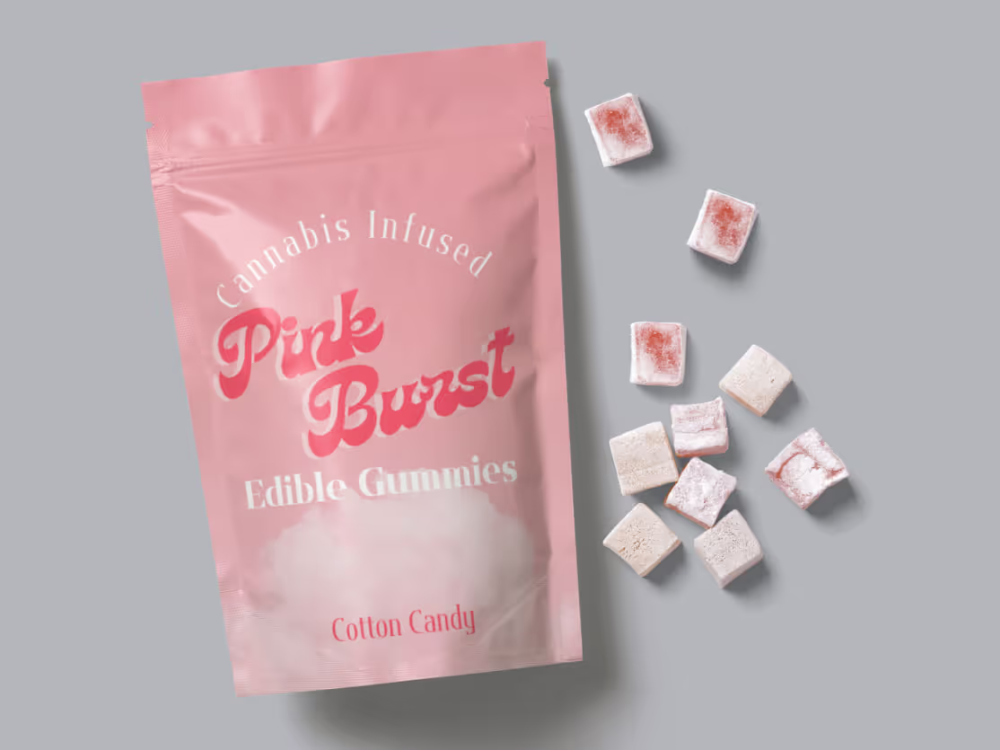Find out how you can use stickers and labels to make people remember your brand and and products
Stickers and labels are powerful, budget-friendly marketing tools that can significantly boost brand visibility. Whether you're promoting a product or enhancing your packaging, these materials can help you stand out. Let's explore how to leverage them effectively for your brand.
Table of Contents
The Difference Between Stickers and Labels
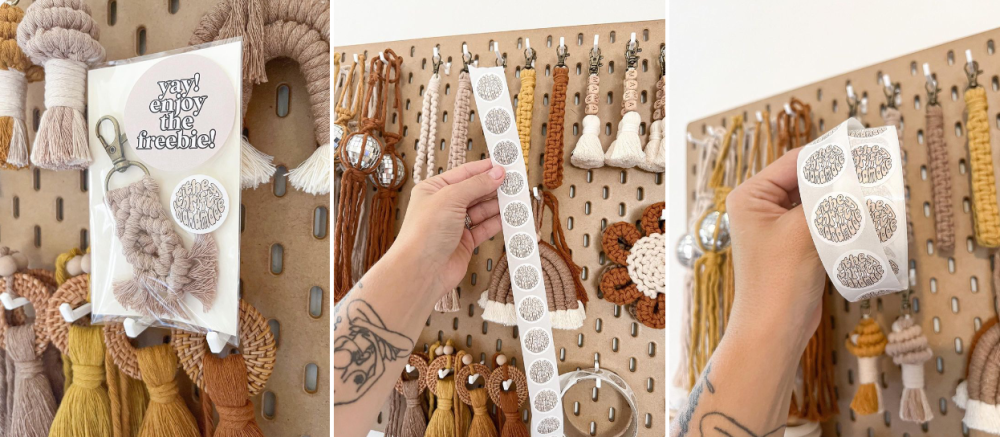

Logo Labels by The Thrifty Handmade
Let’s talk about the difference between labels and stickers first. Most people use these terms interchangeably. However, business owners quickly learn that they’re not the same.
- Stickers: Primarily used for promotional purposes, stickers feature branding elements like your logo, slogan, or design. They’re often handed out as freebies at events, placed on high-traffic surfaces, or used for customer giveaways.
- Labels: Labels provide essential product information such as ingredients, instructions, and usage details. They're crucial for branding, as customers rely on labels for purchasing decisions and product transparency.
How to Use Stickers for Promotion
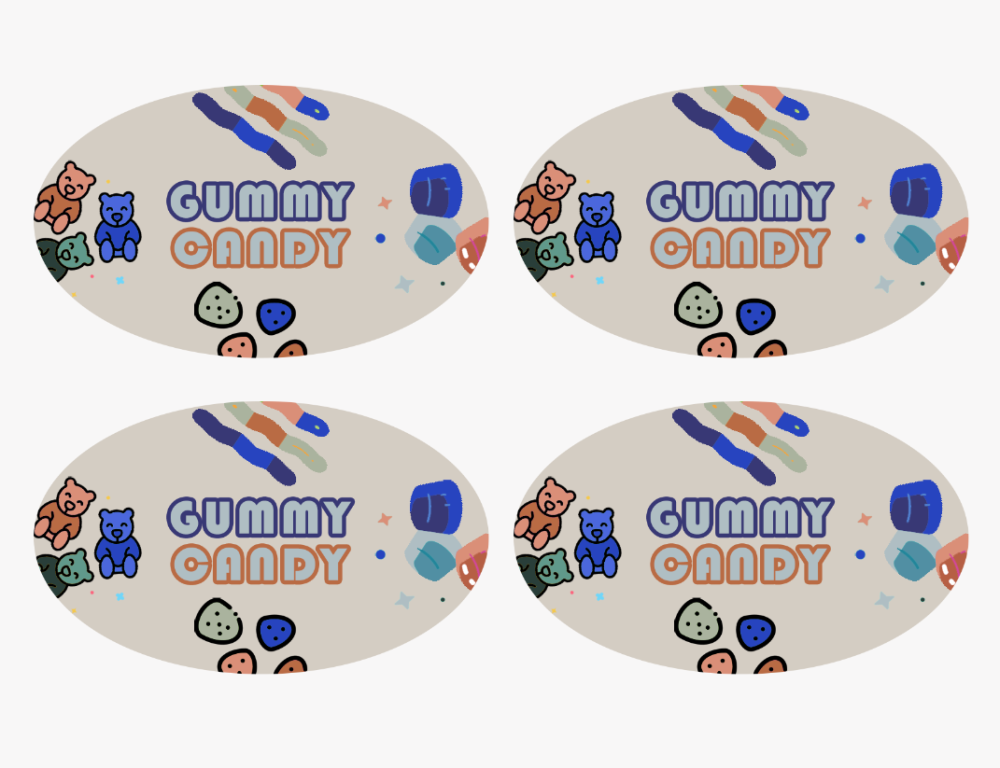

There’s only one rule when promoting a company through stickers — don’t stick them where you shouldn’t. Other than that, you’re free to use stickers however you want. The following strategies are a great starting point.
- Giveaways at Events: Stickers are highly effective at trade shows, conventions, and corporate events. Attendees often look for souvenirs, and branded stickers offer lasting visibility.
- Customer Gifts: Offering stickers with purchases makes customers feel valued, especially with larger items. It’s a way to build loyalty and get free promotion.
- Bumper Stickers: These stickers are a subtle yet impactful way to increase visibility and brand recognition as people drive around.
- Strategic Placements: Place stickers in high-traffic areas like windows, doors, or other public spots. Collaborate with local businesses to spread your brand.
How to Use Labels for Branding
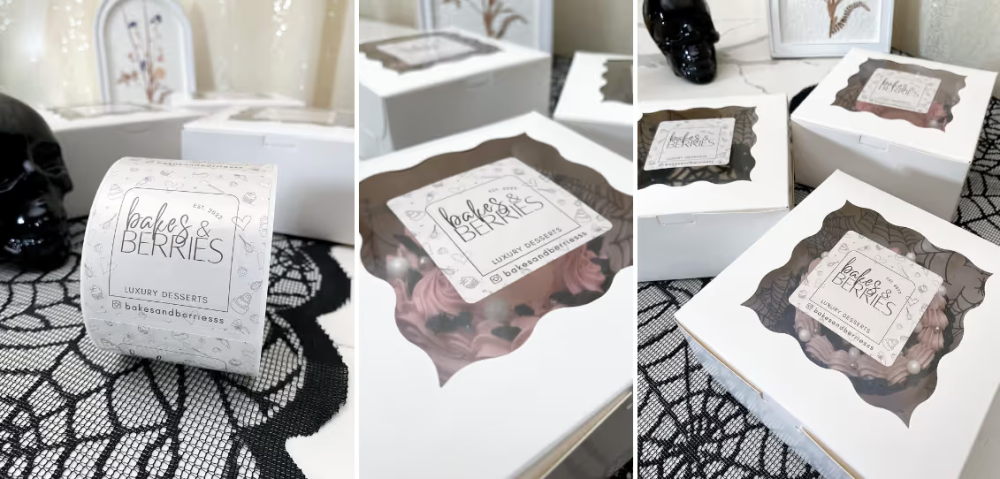

Custom Labels by Bakes & Berries
As discussed, labels would typically go on product packaging. Some can go on shipping materials too. Here’s how you could maximize the use of labels to market your brand.
- Product Packaging: Place custom labels on bottles, jars, and boxes to inform customers about your product and brand story.
- Shipping Containers: Branding your packaging reassures customers and enhances brand recognition.
- QR Codes: Add QR codes to labels, leading customers to your website, social media, or special offers for a digital touch.
- Transparency: Labels can highlight important product details like disclaimers, ingredients, or eco-friendly claims, reinforcing trust with your audience.
Tips on Creating Effective Stickers and Labels
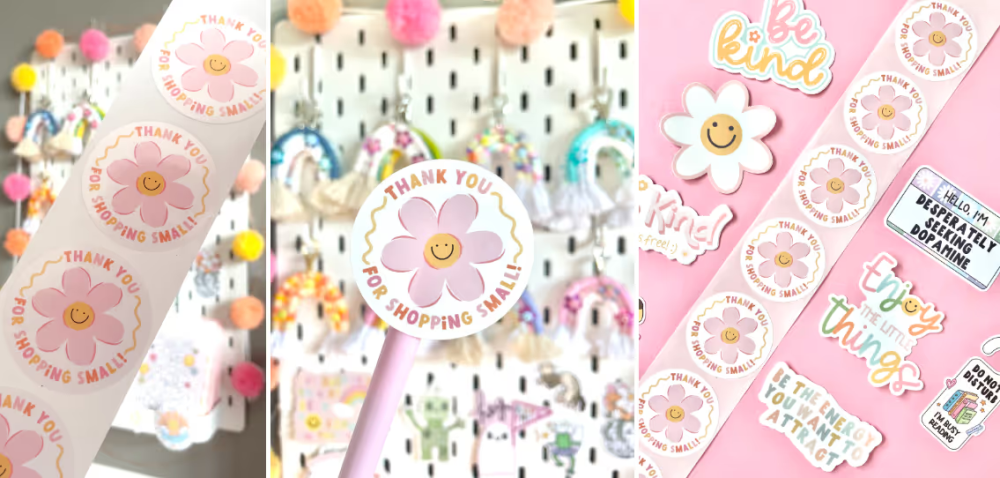

Thank You Labels by Mardoodles Company
Keep these tips in mind as you design stickers and labels for your brand.
- Make an Emotional Connection: Understand your customers’ preferences through surveys or direct feedback. Use this data to inform your designs.
- Target Audience: Tailor your design to the age, interests, and values of your target market.
- Brand Consistency: Ensure that your stickers and labels reflect your overall branding, including colors, typography, and messaging.
- Quality Matters: High-quality materials and finishes elevate your brand’s perceived value. Pay attention to the details, such as paper quality and print resolution.
What to Look for When Ordering Custom Stickers and Labels
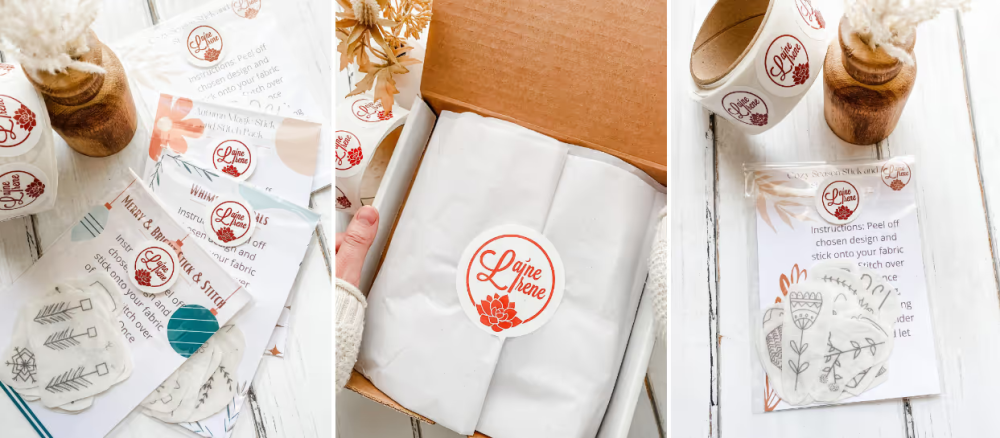

Custom Labels by Laine Irene
These are some of the specifications you need to pay attention to when ordering stickers and labels for the first time.
- Shape and Size: Choose the right size for your product or purpose. Testing small batches can help you decide.
- Material: Consider materials like paper, vinyl, or clear plastic based on your product and aesthetic preferences.
- Quantity: Order the optimal quantity based on your needs. Larger orders save money but may require more storage space.
- Turnaround Time: Ensure timely delivery by choosing suppliers with efficient turnaround times, especially for promotional events or product launches.
Recap
Stickers and labels are essential tools for boosting brand visibility, providing product information, and creating memorable customer experiences. Use stickers to promote your brand at events or through giveaways, and labels to inform and engage customers with your products. For effective marketing, prioritize high-quality designs and ensure your branding is consistent across all materials.
If you’d like to see more posts about packaging, check out these resources:
Would you like to learn about the ways PackM can help with product packaging and marketing? Get in touch with one of our friendly representatives via phone or live chat.

